Hello!
Welcome to festive edition of Kitchen Projects, a recipe development and cooking journal by me, Nicola Lamb.
I’m a pastry chef and recipe developer and bakery consultant based in London. Thank you so much for subscribing - I’m so excited to share this space with you. Part toolkit and part love-letter to food, Kitchen Projects is all about giving you a behind the scenes look of recipe development and building.
This week, we’re deep diving brioche and how to flavour it. The main focus this week is tipsy cake. You might have heard about this truly iconic dessert served at Dinner by Heston Blumenthal and I hope you’ll fall in love with it too.
If you’re enjoying this then I’d love it if you shared with your friends:
Love,
Nicola
There are places I remember...
In my life, I’ve been lucky to eat some really fantastic restaurants and I tend to remember the experience as something like an impressionist painting: the blur of a bustling room, a glint of silverware, arms reaching over plates, a bouquet of salad here, a buttery fish there, the giggles surrounding the is-the-wine-corked ceremony, a flash of white and stainless steel from the kitchen, and the warm glowing lights.
There are, however, some very sharp memories among the blur. A few bad – like desperately trying to convince a chef that the chicken burger was completely raw despite his insistence that it wasn’t (it bloody well was!). But mainly the experiences with the highest clarity are the good ones.
One of these is the Tipsy Cake at DINNER by Heston at the Mandarin Oriental. A truly memorable dessert and one that retains a photographic quality to this day. As a pastry chef, I’ve come to realise the formula for a plated dessert in fancy restaurants is usually “something creamy plus something crunchy plus something colourful scattered on a plate”.
The tipsy cake, however, came out of the kitchen boldly beige. A miniature cast iron pot filled with sugar crusted brioche nestling in a bubbling custard with heady aroma of booze accompanied a stick of caramelised roasted pineapple on the side. This was an all-at-once kind of dessert, as in it made you feel many emotions and satisfied all of the senses so completely. Tender, oozy, crisp, melty, sweet, aromatic and totally satiating. A perfect memory.
I’ve spent a lot of time thinking about the tipsy cake over the years - Heston (THANK YOU HESTON!) gave an interview to the FT where he very kindly shared the recipe and method for the tipsy cake. I’ve made it a few times verbatim for special occasions and it never fails to impress.
While the original is completely iconic (and I highly recommend making it!), I’ve been inspired to create a version with a beautiful festive brioche, which can also be made into other lovely things.
Let’s do this!
P.S. This week’s playlist is here, as always
OG Tipsy Cake
The original tipsy cake is made with a plain brioche dough that is divided into small balls, frozen, dipped in butter, rolled in sugar and then proved in miniature cast iron pots. It is semi-baked in a hot oven before a cooking cream of sweet wine, brandy and cream is poured over the top. The brioche is returned to the oven, with two more lots of cream added whilst it bakes. The result is a gooey and caramelised bread pudding.
Fortunately for me, Heston has done all the real imaginative R&D here and I simply get the fun task of updating the concept to a new level which is a skill that I’m excited to share with you. I’ve also simplified some of the steps – having made the original a few times, I’ve identified the areas I think are a bit Michelin-starry and are therefore skippable for when you make it at home.
As well as this, I’m not sure how realistic it is that you’ll have several miniature cast irons at your disposal. So, my recipe will create one big tipsy cake that is reminiscent of a monkeybread. Not as fancy but just as loveable.
In terms of flavour profiles, I wanted to tone down the booze a bit to make way for some other shades. As well as amending the cooking cream I decided to create a new brioche formulation.
With Christmas looming and knowing full well I had zero intention of making panettone, I set my sights on creating a festive dough for the tipsy cake. I wanted it to have flavours just right for the season, and for it to be versatile enough to be enjoyed on its own or as part of a dessert.
Festive breads and where to find them
If you aren’t familiar, brioche is an enriched dough loaded with butter, milk and eggs. It has a tight and tender crumb that is a fantastic vessel for flavour: you can switch up the fat (pork fat brioche is a filthy joy and olive oil makes a rather elegant version… we’ll cover alternative fat brioches another time!), add spices, switch up the liquids (squid ink brioche is quite popular for a dramatic twist on breakfast), infuse the milk or fold in candied fruit, nuts or… well, anything you like really.
When fresh, it is a joy to eat. It does have a rather short shelf life though. Fortunately for brioche, it comes back to life when toasted (or in the form of luxurious french toast) and can make a fantastic Sicilian style ice cream sandwich. Not only that, it is the bedrock of bread and butter pudding. If none of that sounds good to you at the time, brioche will also freeze brilliantly well and can be brought back to life as its original self quite easily.
I wanted this dough to be a bit of a showstopper, so I needed to hone my focus. What would give some festive energy and beautiful colour, without marzipan or candied peel? Then it came to me: saffron. That was the answer.
Let's talk about saffron
Saffron is not an ingredient that I use a lot. Perhaps that shows the influence of growing up in a Chinese/British household, but until a few months ago I was intimidated by the stuff. I was familiar with its aroma and also it’s value. Saffron, to put it bluntly, is the most expensive spice in the world. Luckily a little goes a long way.
I was given a small bottle of saffron threads by Zazou Vanilla Emporium and thought, foolishly, that I knew how to use it. Cooking up a butter bean and courgette stew, I chucked a couple of threads in, envisioning a glorious sunset orange would take over the dish. Alas no. I chucked a few more threads in, assuming the issue had been my portion control. Alas no. The stew never turned golden nor did it have much evidence of saffron flavour. Definitely what I deserved.
Fortunately I came across an extremely useful post on Instagram by @Saratoomoo, an Iraninan chef, who shared her extraction process. Thanks to her, I’ve had gloriously pigmented and flavourful saffron dishes ever since.
In her own words: “In Persian culture saffron is very important and never sprinkled on food, always bloomed first. Treated this way you get a strong tincture that really extracts all the flavour. In a pestle and mortar grind 1/4 saffron with a pinch of sugar to a powder and then add a couple of ice cubes. When all the ice is melted this can be kept in the fridge for ten days”.
I know there are quite a few ways to approach the blooming but I’ve found this one extremely reliable and the depth of colour is so impressive that I can’t imagine doing it any other way. If you don’t have a pestle and mortar, you can leave the threads to air-dry a bit and then go to town on them with a spoon in a coffee mug – the sugar will help break things down. It may not be perfectly ground but it’ll do the trick.
Making the dough
To create the brioche dough I took my classic base recipe and looked at areas I could switch things up. Knowing I wanted to retain as much colour as possible, I added an extra egg yolk in place of the whole egg and adjusted the hydration slightly to make up for the lack of whites (which are mostly water and protein). Into the dough I also added orange zest and, at the end of mixing, some milk chocolate chips (it is Christmas after all).
I let it bulk ferment (more on that below) before pressing it down and putting it into the freezer for 30 mins to stop fermentation. I moved it to the fridge after that, to rest overnight – meaning it was perfect and very happy to be shaped the next day.
Whenever I create a brioche recipe, I like to pause and think about the butter percentage, usually referring to the ‘baker's percentage’ in a recipe. You may have heard about these – baker’s percentages are a way of describing a recipe based on each ingredient's proportion to flour. When you are making doughs, flour will always be – proportionally – the major ingredient.
When it comes to brioche, you’re looking for anywhere between 30% – 55% fat for something classic. Believe it or not, brioche is essentially an emulsion. That means anything above this fat level can make the dough a real pain to work – especially as it can break (much like mayonnaise!) under too much heat and stress. You know this has happened when the dough feels really greasy and when it’s baked you will actually see set droplets of butterfat around the crust.
In fact, it is due to the emulsifying properties of eggs that brioche is even possible! Egg yolks are filled with emulsifiers that help to hold all of the butter in the dough. So, adding an extra egg yolk into my brioche dough was also going to make it more stable as well as add flavour, colour and richness. Win-win.
Waiting for the rise (+ what happens if you forget to put the yeast in...)
Yeast is a tricky beast, isn't it? For starters, even though I’m literally a professional pastry chef that specialises in yeasted items, I am still paranoid that it isn’t going to rise. EVERY. SINGLE. TIME. And the trouble with enriched doughs like brioche? They really like to take their time.
The first time I attempted this dough I waited for 3 hours and it hadn’t moved. I had definitely put the yeast in, hadn’t I? Well, still to this day I’m not sure if it was defective yeast or a defective me, but I ended up putting the dough back into the mixer and slowly streaming in another heaping of yeast which I’d mixed into water so it would combine.
Even with this extra oomph of yeast the dough was slow. It freaked me out. But then I looked at my formulation and realised there was a much more obvious culprit: sugar.
Sugar really loves to steal the limelight. When it’s added to enriched doughs it nicks all the water from the flour and even nicks water from the yeast cells meaning sweet doughs take a lot longer to ferment. This means it’s easy to get disheartened or worried that your yeast isn’t working but I’m afraid the answer is simply, to have patience.
To mitigate this slow rise in my sweet dough, I increased the yeast by 1%. This is because I am not very good at taking my own advice about being patient. That, coupled with the fact it’s very cold in the UK at the moment which means fermentation is going to be slumping anyway, means I don’t feel too guilty about increasing the microbe army. It does mean, however, that if I was making this dough in the summer I might reduce the yeast by 1%. As much as being a pastry chef or baker is about accuracy, it’s also about getting comfortable with responding to your personal baking environment and accepting, if you can, that things probably will go wrong and when they do – you know how to fix it.
New rules of yeast
Between you and me, the absolute best thing you can do when it comes to yeast is treat it like a precious jewel:
Once it enters your home, take care of it. Make sure you don’t leave it open on the shelf at room temperature for months and then suddenly expect it to do heavy lifting for you. Once opened move it into the fridge
Read the instructions. I know it’s annoying but you will save yourself a world of pain if you just check if it needs to be mixed into the dry ingredients first or if you need to ‘bloom’ it in warm liquid
Fresh yeast is quite helpful and relieving because you can be pretty sure it is going to work and your paranoia can take a break. I asked where you could get fresh yeast in the UK and here’s what I was told (thank you thank you thank you to anyone who messaged me!). This is by no means an exhaustive list but hopefully a good place to start:
Try your local Polish shop
Local Jewish delis usually have it, too
In-house bakeries at supermarkets will often give you a lump
Same for any local bakeries - just ask!
Ocado
Gails Bakery
Shipton Mill online
Planet Organic
ScandiKitchen
Bertinet Kitchen
Not-so-tipsy cake
I am a bonafide lightweight. Sometimes I have so much as a sniff of a glass of wine and I’m completely drunk. Although most desserts containing alcohol have had the lion’s share of it burnt off, I am still quite timid when it comes to boozey flavours.
To tone down the booze slightly for my own palate, the original inclusion of rum/brandy got completely ditched. I kept the sweet wine in because it is quite mellow, but if you wanted to omit this completely then this recipe would still work brilliantly. To make the cooking cream, I simmered orange peels in double cream, orange juice and sweet wine, along with light brown sugar. Once it was simmering, I turned off the heat and let it infuse for an hour.
At this stage, you could also add bay leaves, cinnamon or any sort of festive spice that you desired. I like the simplicity and lightness of this combination but you can definitely have a bit of fun here if you wanted to inject the cream with a bit more of your own personality.
Effective soaking methods
Half way through baking, the brioche is taken out of the oven and cream is poured on top, which is soaked up by the brioche. In Heston’s recipe, he rolls his brioche balls to a tiny 12g. This means there is much less dough to be infused and the custard does penetrate the cake more easily. But 12g is so small and - honestly - a pain.
For my first tipsy cake test, I rolled the balls to approximately 35g each. The result was good but too chunky. So, the next time I reduced the weight of the balls to approx 20-25g which definitely a good middle ground.
Alright, let’s make it!
Equipment needed
Stand mixer – you can try and mix this by hand but I think it’s a no-go. I haven’t tried it myself so can’t in good faith recommend you do it.
Brioche ingredients
This makes 1kg of dough. That’s enough for 1 large 7inch tipsy cake, 1 x 400g tin loaf plus a few buns. You can definitely halve this recipe!
You could also make this in a cake tin or any other kind of baking dish you have. I think it’s best to make the full kg of dough and that way you can scale your tipsy cake size up or down.
390g bread flour
60g caster sugar
9g salt
12g dry yeast or 22g fresh
140g milk
2 eggs
2 yolks
1-2 oranges, zested (depending on size and also how much you like orange flavour!)
0.4g saffron (see below for pic reference assuming you don’t have a gram scale)
115g milk chocolate, chopped up into small pieces
140g SOFT butter
Cooking cream ingredients
(if you are scaling this up or down, you want approximately the same amount of cooking cream as weight of brioche that you are using
230g double cream
5 strips of orange zest (approx one orange)
90g light brown sugar
25g orange juice
40g sweet wine (like sauternes) or you can use more cream here, if you prefer. You could also put a mixture of whatever booze YOU like in.
For finishing
30g butter, melted for brushing
Demerara sugar for sprinkling
Vanilla ice cream to serve
Method
First bloom your saffron – in a pestle and mortar, grind it to a fine powder with a pinch of sugar then add two ice cubes and allow to melt. You’ll be left with a beautifully pigmented solution
Saffron portioning can be tough. So, this is a teaspoon of saffron - it is not tightly packed nor heaped. This weighs around 0.2g. You need 2 x of these teaspoons for the 1kg brioche recipe
Read the instructions on the back of your yeast packet and bloom as required
Weigh your dry ingredients into the mixing bowl and all of your wet ingredients separately
Mix the dries on a low speed with the dough hook until everything is distributed
Pour in the wet ingredients and mix on a medium speed for 10-12 mins until medium gluten development has been achieved. Medium gluten development is when the dough stretches a bit but tears under pressure. The dough below is on the low side of development and needs a bit more mixing before incorporating the butter. You don’t need it to be FULLY developed (ie can make a windowpane) at this stage
If it hasn't achieved this development by then, rest for 5 mins (we don’t want it to get too hot) and then continue mixing until medium gluten development is achieved
Scrape down the sides of the bowl and then put the mixer on a low-medium speed
Add in your soft butter piece by piece, making sure each addition of butter is completely mixed in before adding more
Keep mixing until the dough pulls away from the sides of the bowl and it is extremely shiny, soft and stretchy
Add in the chocolate chips once you’ve got to full gluten development!
Cover and let bulk ferment at room temp for around 2 hours until it has puffed. You could also put it into a large tub with a lid - just make sure it is covered so it doesn’t dry out. We aren’t looking for a very dramatic rise, we just want a bit of flavour to develop at this stage
Transfer into the freezer for 30 mins to slow down fermentation and then put into the fridge overnight to cold proof. You could potentially skip this step if you wanted but I like how the dough feels and tastes after a night in the fridge. And it is easier to work with
The next morning, divide 400g of your dough:
For the tipsy cake, you want about 400g divided into 16 x 20g balls (perfect for 7 inch tin). If you are making a larger tipsy cake then you use more of the dough - you want enough balls to cosily nestle in whatever baking dish you choose to use
Start by dividing your dough into strips and then cutting horizontally to get smaller 20-25g pieces. I think it’s essential to weigh your dough for this recipe
While this might feel tricky at first, use the natural shape of your curved palm to roll the balls into shape, using a circular motion. (see below in bun shaping section)
For the loaf, 400g works well in a 1lb or 2lb loaf pan. The best way to make a loaf is to pat the dough into a rectangle and then roll it up like a neat sausage, quite tightly. You can then turn it 90 degrees and roll it up again. Put it seam side down in the loaf tin lined with paper. Let this proof for 1.5-2 hours at room temp, covered, until very puffy. Bake at 180c for 30 mins. Best way to check if is done is to temp check with a digital thermometer. You are looking for 95c! Scroll to the bottom for a french toast recipe
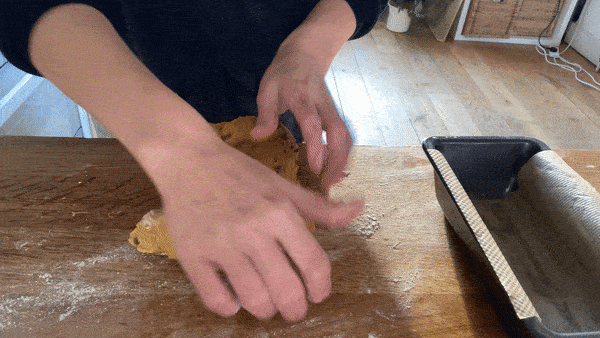
The leftover I made into rolls - approx 40-50g each. Shape these in the same way as the mini balls. These make perfect little breakfast buns - toast and serve with a festive jam. OR you can keep them, split them in half, toast in butter and fill with ice cream, sicilian style!
To make the Tipsy Cake
Melt 30g butter. Use some of this to brush onto your dish, followed by a sprinkling of demerara sugar
Arrange your miniature brioche balls in the tin - you want a little space in between them but they will proof together nicely
Brush the balls with the rest of the melted butter followed by more demerara sugar
Allow to proof for approx 1.5 - 2 hours. The balls will have puffed up significantly and the butter will have cracked on the surface
Meanwhile make the cooking cream - whisk everything together and heat gently. Allow to infuse until ready. It should be slightly thickened and be very fragrant
Pre-heat the oven to 180c
Put the proofed brioche into the hot oven for 15 mins
After 15 mins, carefully remove and then use a knife to divide the buns where they have joined
Ladle around half of the cooking cream on top, trying to get it in all the gaps
Return to the oven for 10 mins
Remove from oven and ladle a quarter of the remaining cream on and return to oven for 5 mins
Repeat with remainder of cream and leave in the oven until completely golden - 5 mins. The total cooking time is about 35-40mins and will depend on your oven.
Leave to cool slightly and serve with vanilla ice cream. Leftovers can be reheated or just scoffed at room temp
To make French Toast
For french toast, I like to use the ratio of 100g milk : 1 egg : 10g sugar.
I like a fairly eggy custard for soaking. You can mix it up if you like. You can also add cinnamon, nutmeg
Ingredients
For 4-6 chunky pieces (cut from a 400g loaf)
6 thick slices of brioche
300ml milk
3 eggs
30g sugar
pinch of salt
cinnamon, nutmeg, cardamom etc. to taste
+ plain yoghurt and maple syrup to serve
Method
Whisk together the custard ingredients and pour into a baking dish
Put your chunky pieces of stale (or toasted in the oven) brioche into the custard bath and allow to soak for at least 5 mins, turning a few times
Pre-heat oven to 160c
In a pan, melt a little butter and cook your soaked brioche for about 5-6 mins. Before you turn halfway, sprinkle a little sugar on the dough so when you flip to took the other side you get a really caramelised surface
Once cooked through, place on a tray in the oven whilst you cook the other toasts to keep warm
Serve with a dollop of plain yoghurt and maple syrup, if you like

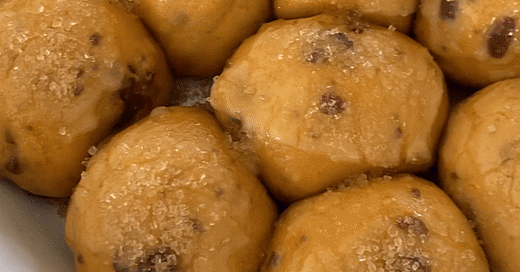


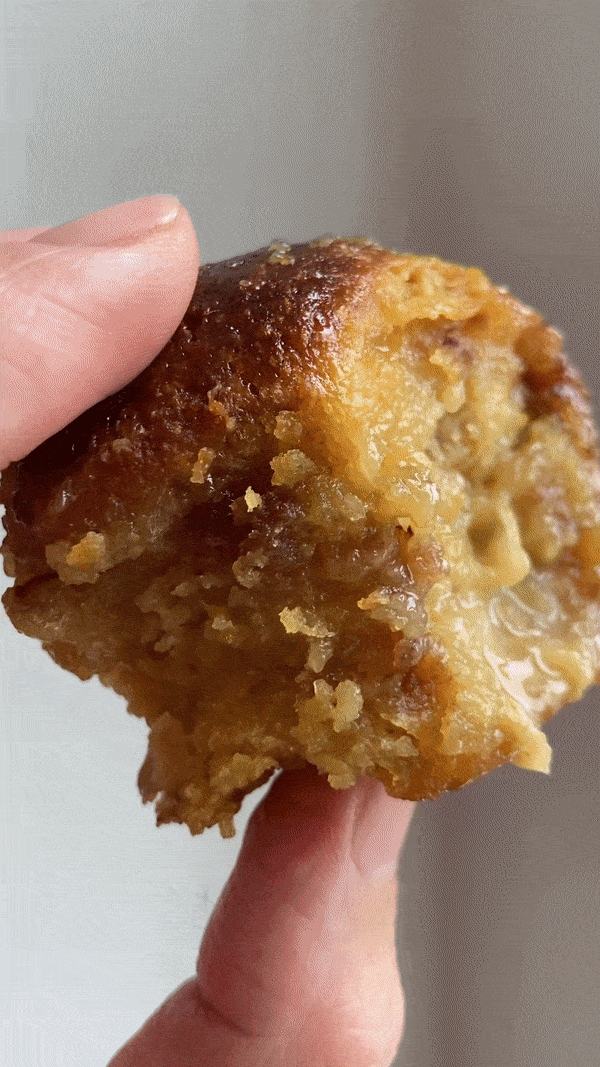
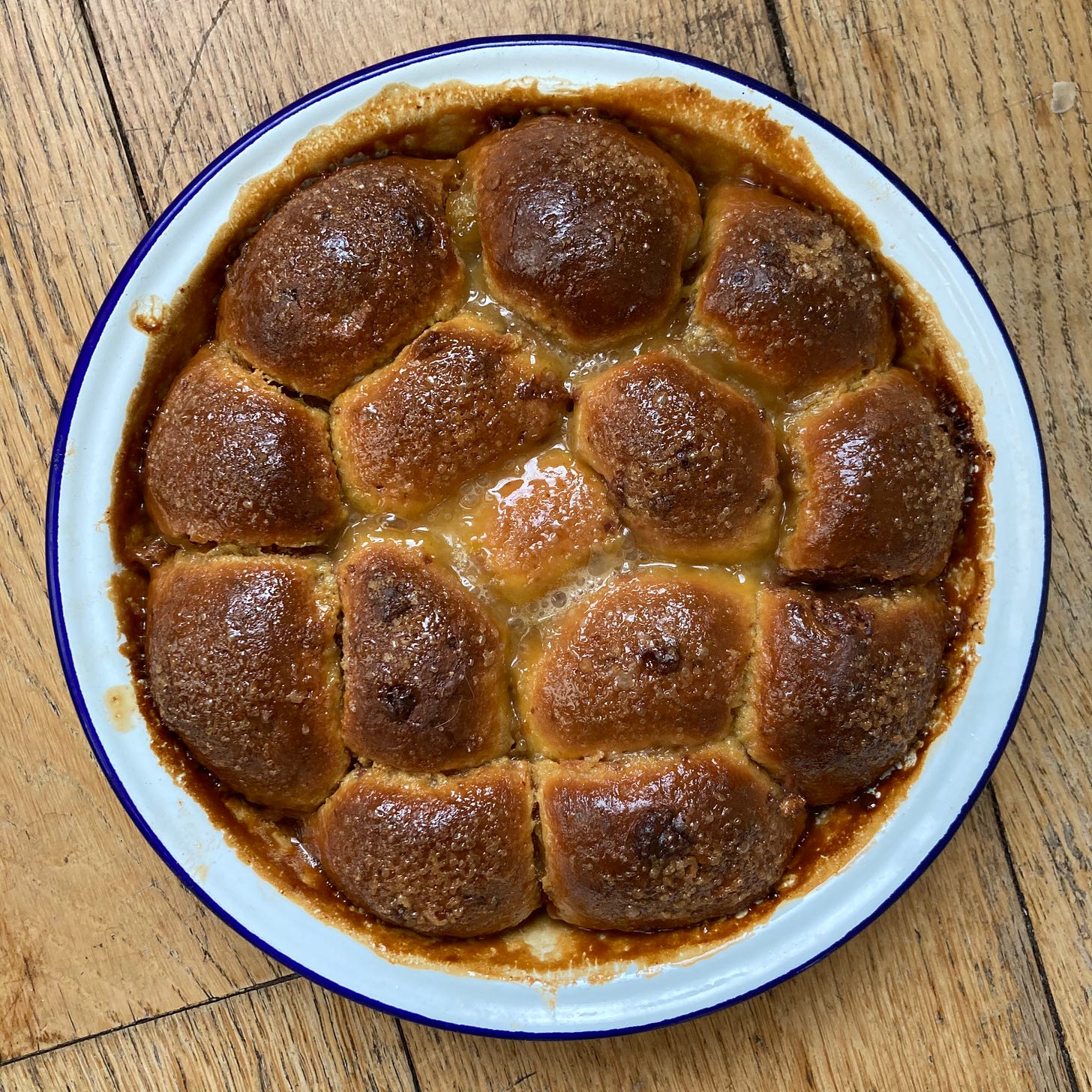
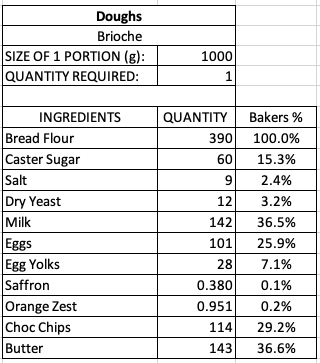
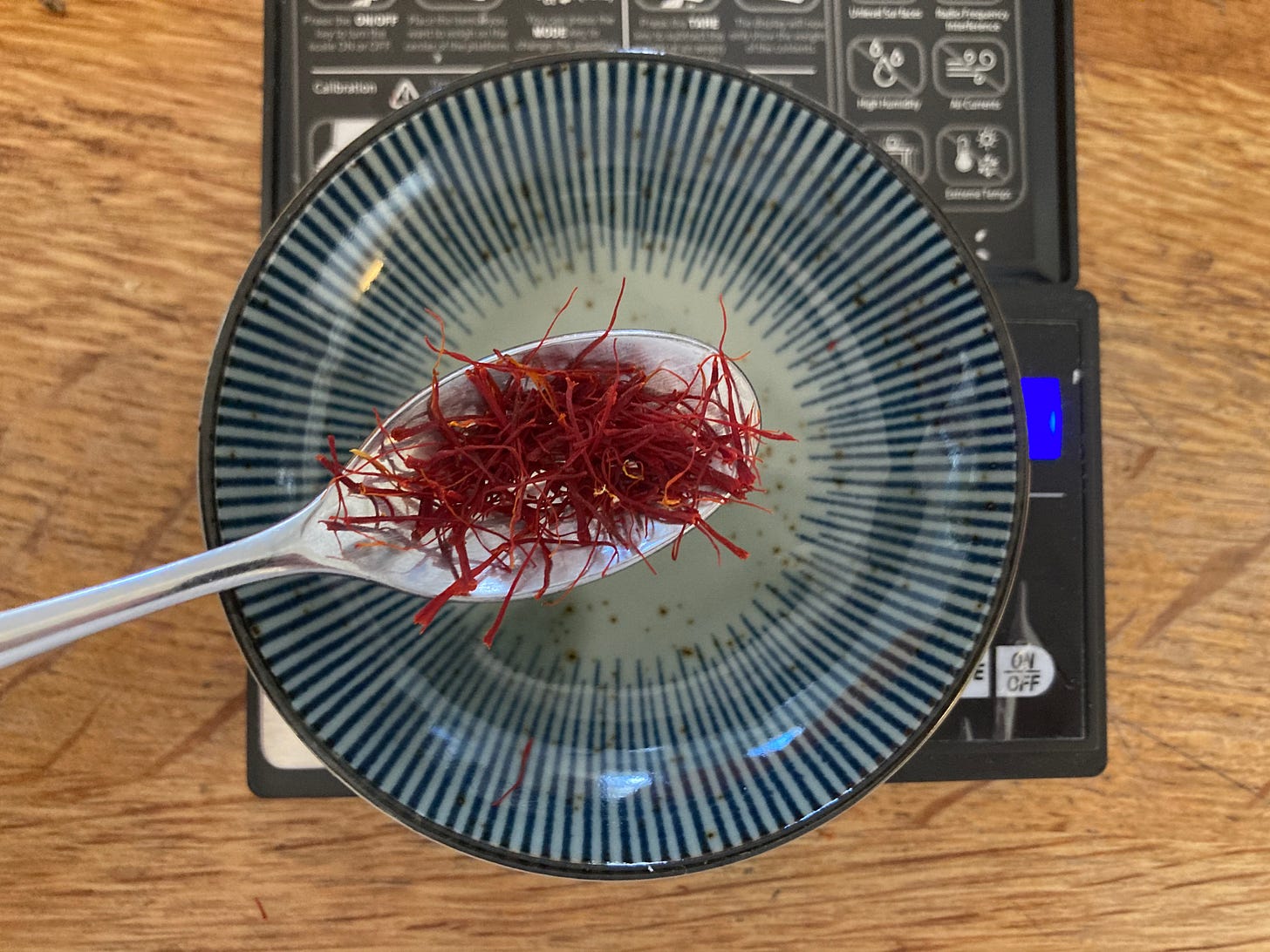
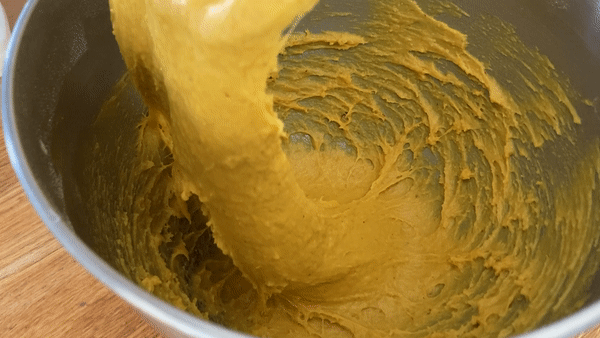

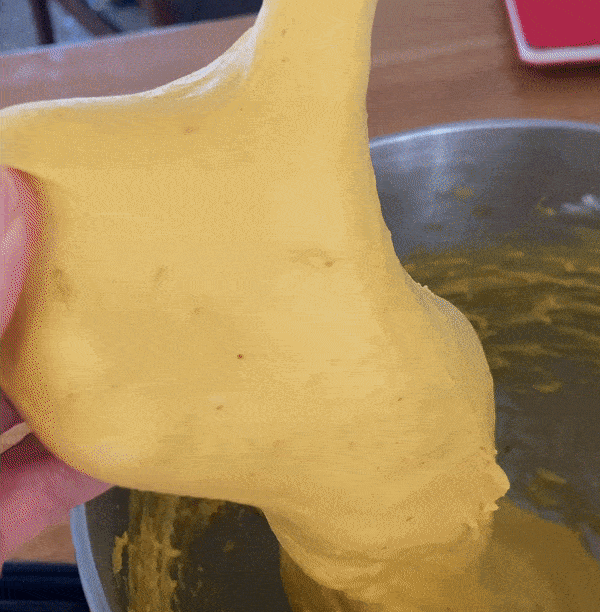
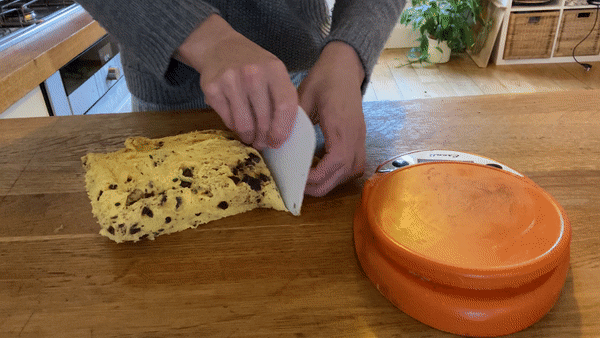

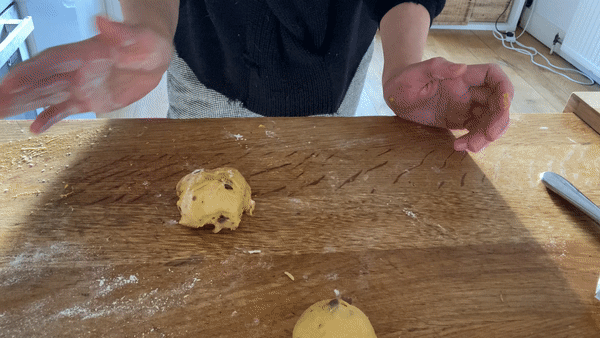
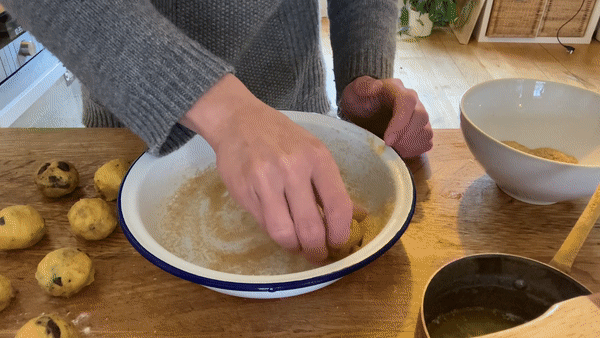



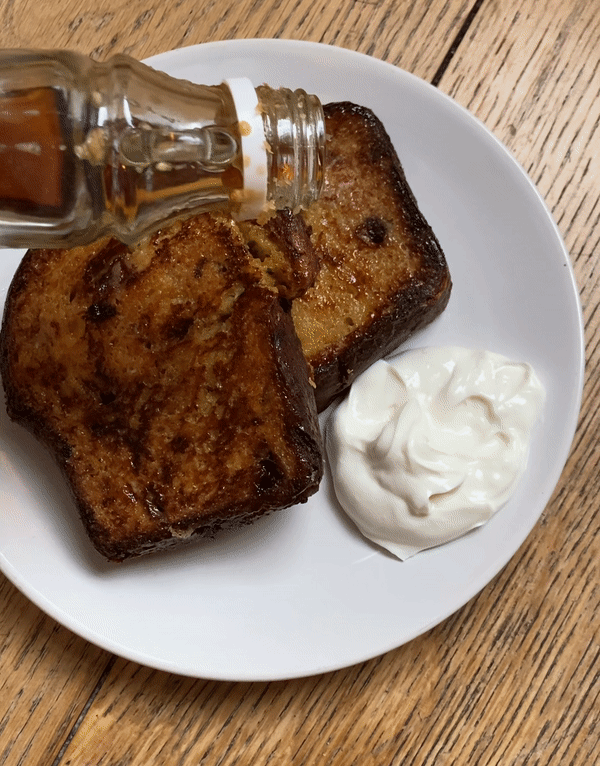
I made this for NYE and Oh my words... What a treat! I served it with my homemade ginger ice cream and from now on it will be part of our future celebrations.
Really enjoying this newsletter! Thank you!
One of my favourite things every week is your newsletter! Thank you so much!